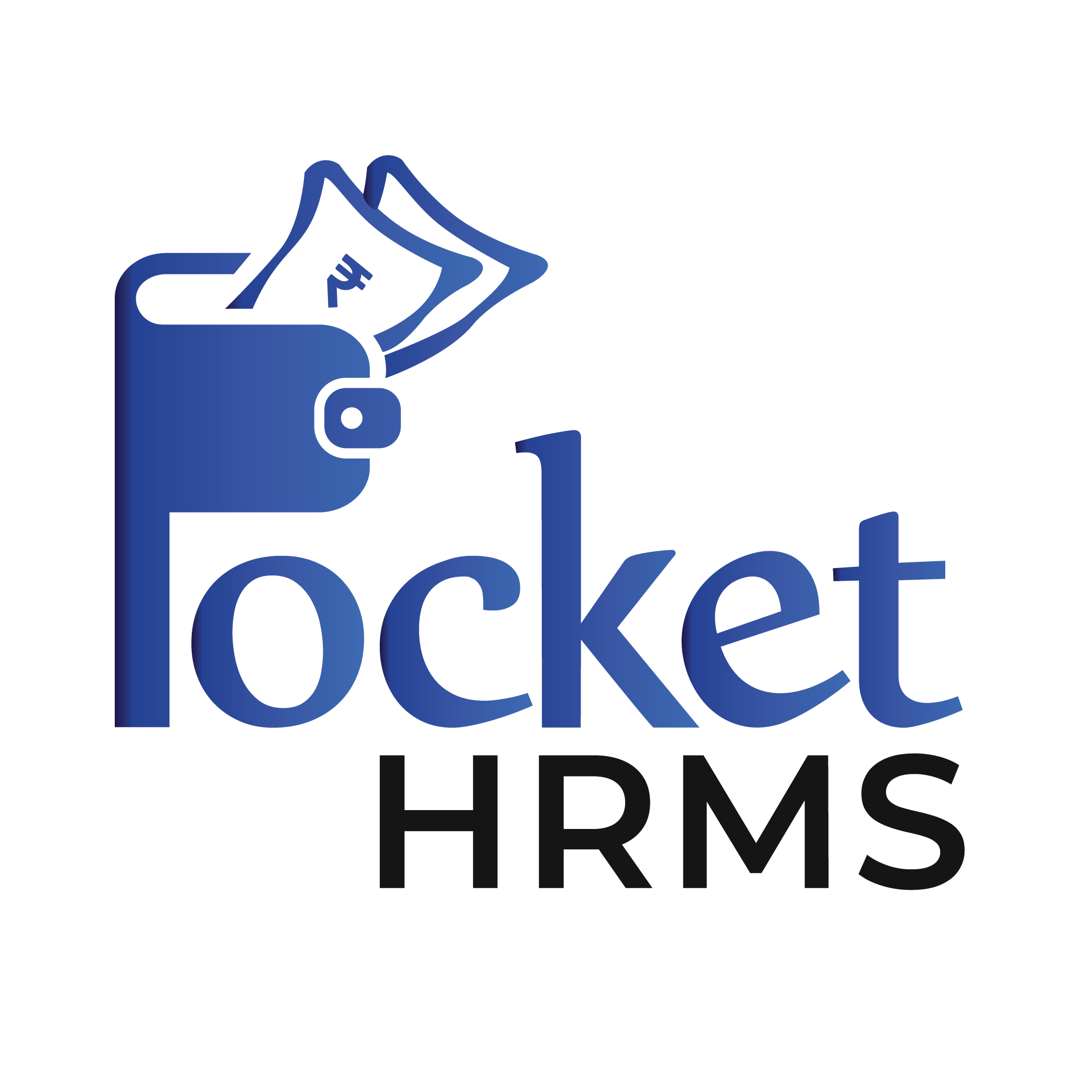What is App Sprawl?
App Sprawl, or as we usually call it, ‘app overload,’ is a concept that notifies excessive use of tools or software, which reduces process efficiencies or business operations within organizations. Besides, it impacts employee experience and can even create security risks while toggling across different apps all day.
How does the App Sprawl work?
Overnight, the affluence of abundance usage of different software or applications multiple times creates a mess in business operations within the companies. Usually, the subscription rate of different applications will be moderate or low as days go by, depending on the market budget. So, purchasing the applications is usually as easy as visiting a website, and employees or employers also start to love it. Now, what causes the App Sprawl? Why do people love it so much?
1. Ease of Access
With the proliferation of cloud-based applications and other SaaS tools, it’s easy for teams or individuals to sign up for new apps without central oversight.
2. Department-Specific Needs
Due to the sufficient availability of applications, people tend to subscribe to them randomly; even an organization may adopt numerous tools simultaneously to meet its unique requirements.
3. Lack of Governance
There are no certain rules and regulations or centralized policies for app procurement or management. App sprawl occurs as different apps are added ad hoc. If there are any rules applicable for commencing the limitation of random app subscriptions, then app sprawl can be mitigated in the near future.
4. Redundancy
People randomly download multiple applications to meet their exact requirements. They often spend time exploring the extra options provided by the application instead of understanding how well it fulfils their initial requirement.
Best practice for choosing tools avoiding app sprawl
So, how could you decide on the right tools at the right time without hopping between applications and staying focused on the required ones? Here are a few best practices to help you manage the process;
➔ Audit your tools
To mitigate the uncontrollable usage of applications, you must recognize your need to subscribe to and evaluate them properly. If they are not well suited, identify the redundancies or gaps and check whether another software can fulfil your requirements.
➔ Consider your Purpose
Who will be using those applications? Make proper documentation and analysis first, where you can get an appropriate overview of who will use those applications and the purpose of their usage. You can easily concentrate on application soft listings if you first understand the purpose.
➔ Stick to Single Source
Most of the time, we download more than one application to search for our required queries. Even if we get it in one application, we are still hoping for something more relevant or equivalent in some others. To counteract this, you can consider investing in a single one rather than roaming around within multiples. One question may arise in your mind: How do we get to know the right one for the right thing? The answer is sourcing a lot before investing.
➔ Evaluate ROI
Sourcing what will return on investment. It will help you choose the right software at the right time and avoid app sprawl by identifying redundant, underused, or low-value tools. It ensures apps deliver meaningful benefits relative to their costs, optimizes the app portfolio and reduces waste. Organizations can make strategic decisions by assessing usage, quantifying benefits, and comparing alternatives. Combined with centralized governance, audits, and tool consolidation, ROI analysis streamlines operations, reduces costs, and enhances efficiency across the app ecosystem.
➔ Employee Training
It is your responsibility to adequately explain to employees which software is useful and which is not. It is fundamental to train all employees to evaluate new software through centralized procurement practices and ignore unnecessary ones, even if they look attractive. You can arrange multiple training sessions to inform your employees about the necessary tools, applications, software and processes to reduce the likelihood of adopting unapproved applications.
What Else,
App sprawl poses significant challenges for organizations, including increased costs, inefficiencies, and security risks. However, by adopting best practices such as evaluating ROI, consolidating tools, centralizing app governance, and conducting regular audits, businesses can streamline their app ecosystem and enhance overall productivity. Proactively managing app usage ensures resources are allocated efficiently, redundancies are minimized, and teams can focus on achieving their goals with the right tools at their disposal.

